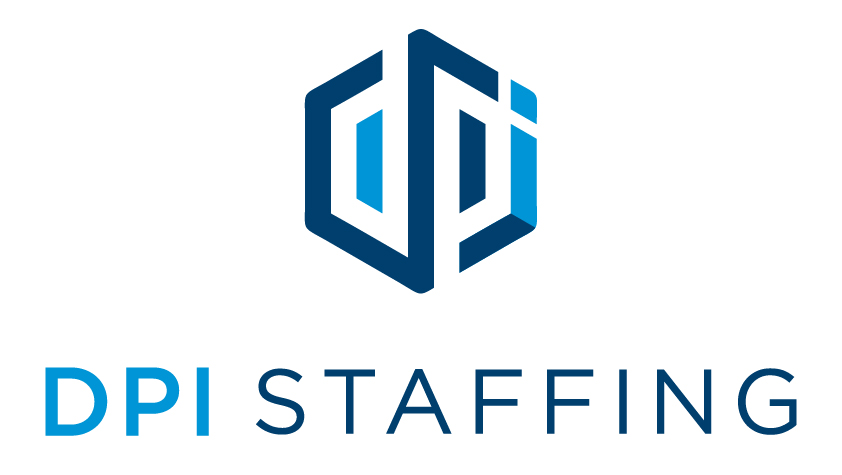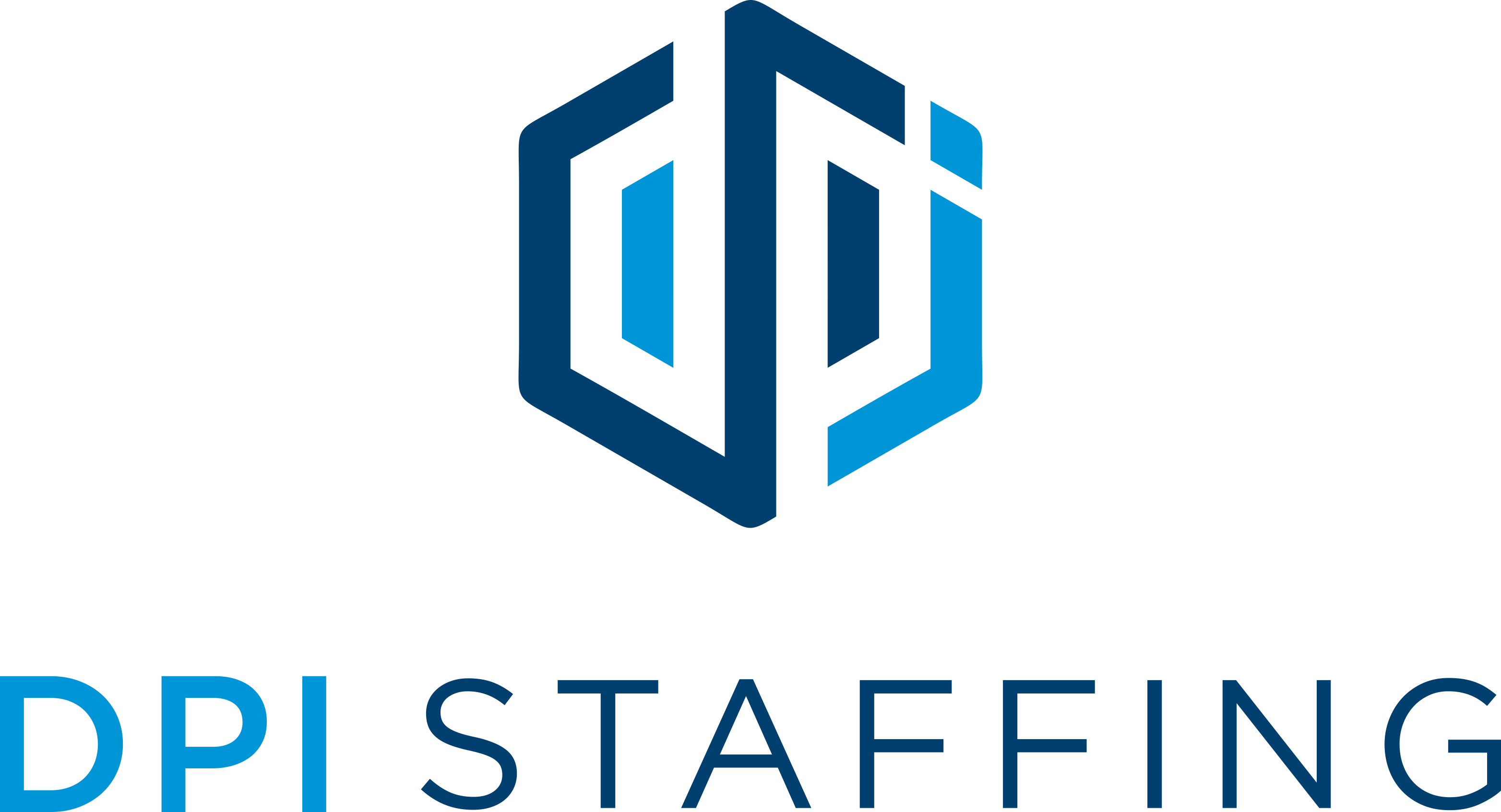Starting or expanding a small business is no easy feat. Whether you’re an entrepreneur or a seasoned HR manager, understanding your local economic environment and workforce dynamics is crucial to making informed decisions. But where do you find reliable and up-to-date information on the local business climate and labor market?
Here are our top five online resources that can help you assess your surrounding business conditions and employment landscape, along with some tips on how to leverage these tools to improve your business planning and workforce management.
Why Understanding Your Local Business Environment Matters
For small business owners trying to balance growth with labor and expenses, a deep understanding of the local economic landscape and labor conditions can be the difference between success and failure. Knowing employment rates, industry trends, and the overall business atmosphere isn’t just about staying informed; it’s about making strategic decisions that will keep your company competitive. Insights from this data can guide you in determining the right time to grow your labor force or implement temporary staffing solutions, ensuring you meet demand without overextending your resources.
Bureau of Labor Statistics (BLS.gov)
Comprehensive Data on Employment and Wages
The Bureau of Labor Statistics (BLS) is a treasure trove of detailed information on employment, wages, and economic trends. If you’re looking for industry-specific labor trends, unemployment rates, or wage statistics, BLS.gov should be your first stop.
Why BLS is Essential for Small Businesses
The BLS offers a wealth of data that can help you make informed hiring decisions. For instance, by understanding local wage trends, you can set competitive salaries that attract top talent without overshooting your budget. Detailed reports on industry-specific labor trends can also help you anticipate changes and adjust your staffing needs accordingly.
How to Use BLS for Workforce Planning
One of the most useful features of the BLS website is its geographic data. You can easily find information tailored to your specific region, giving you insights into local employment and wage trends. This is invaluable for businesses looking to stay ahead in workforce planning, especially when considering temporary labor to fill gaps efficiently.
Local Chamber of Commerce Websites
Tailored Information for Local Businesses
Local Chamber of Commerce websites are an excellent resource for small businesses. They often provide economic reports, business directories, and networking opportunities specifically tailored to your local area.
Understanding the Local Business Climate
The information available on these websites can help you understand the local business climate, including workforce availability and industry growth trends. This is particularly useful for identifying when additional temporary staffing might be necessary to support growth or seasonal demand.
Leveraging Networking Opportunities
Beyond data, Chamber of Commerce websites offer valuable networking opportunities. By participating in local business events and forums, you can gain insights from other business owners and industry leaders, making it easier to adapt to local economic conditions.
State Labor Market Information (LMI) Departments
Detailed Reports on Employment Trends
Every state has an LMI office that offers comprehensive data on employment trends, industry projections, and economic conditions. These departments often publish detailed reports that can help businesses understand local labor dynamics.
Anticipating Labor Shortages or Surpluses
By analyzing the data from your state’s LMI department, you can anticipate labor shortages or surpluses. This allows you to plan your staffing needs more effectively, potentially using temporary staff to bridge any gaps.
State-Specific Insights for Better Planning
State LMI departments provide data that is specific to your state, making it highly relevant for local businesses. From industry growth projections to unemployment rates, these insights can help you make more informed decisions about hiring and workforce management.
Indeed Hiring Lab
Research on Labor Market Trends
Indeed Hiring Lab offers valuable insights through research on labor market trends, job postings, and hiring activity. Their reports and blog posts cover a wide range of topics, from salary trends to in-demand skills.
Adjusting Hiring Strategies
The data provided by Indeed Hiring Lab can help businesses identify emerging trends and adjust their hiring strategies accordingly. This is particularly useful for businesses that need to meet short-term needs without long-term commitments.
Leveraging Job Postings Data
Indeed’s job postings data can be particularly useful for understanding the competitive landscape. By analyzing this data, you can see what other companies are offering in terms of salaries and benefits, helping you to position your job listings more effectively.
Economic Development Organizations (EDOs)
Promoting Local Economic Growth
Economic Development Organizations (EDOs) focus on promoting local economic growth and development. They often provide data on local industry trends, workforce development initiatives, and economic forecasts.
Planning Expansions or New Ventures
This information can be particularly useful for businesses planning expansions or new ventures. By understanding the broader economic context, you can make more informed decisions about where and when to invest.
Supporting Workforce Development
EDOs often work closely with local educational institutions and training programs to support workforce development. By tapping into these resources, you can find skilled workers who are ready to meet the demands of your business. For a list of Economic Development Organizations by state, visit https://www.trade.gov/selectusa-find-economic-developers.
The Value of Utilizing Multiple Resources
While each of these resources offers valuable insights on its own, using them in combination can give you a more comprehensive understanding of your local business climate and labor market. By leveraging multiple sources of data, you can make more informed and strategic decisions that will benefit your business in the long run.
Practical Steps to Implement These Insights
Conduct Regular Reviews
Make it a habit to regularly review the data from these resources. Many offer regular email reports, so whether it’s monthly or quarterly, consistent monitoring will help you stay ahead of trends and make timely adjustments to your business strategy.
Engage with Your Local Community
Don’t underestimate the value of local knowledge. Attend Chamber of Commerce meetings, engage with local Economic Development Organizations, and participate in industry forums to gain insights that you might not find online.
Utilize Temporary Staffing Strategically
Use the insights gained from these resources to identify peak times for temporary staffing. This will help you manage workload fluctuations without committing to long-term hires, saving you both time and money.
Stay Informed
Understanding your local business climate and labor market is crucial for making informed decisions that will keep your business competitive. By leveraging resources like those we’ve explored, you can gain valuable insights that will help you plan more effectively.
Start exploring these resources today and see how they can benefit your business. This informed perspective can help you make better strategic decisions about workforce planning, including the optimal times to leverage temporary labor solutions to seamlessly meet your business needs.





